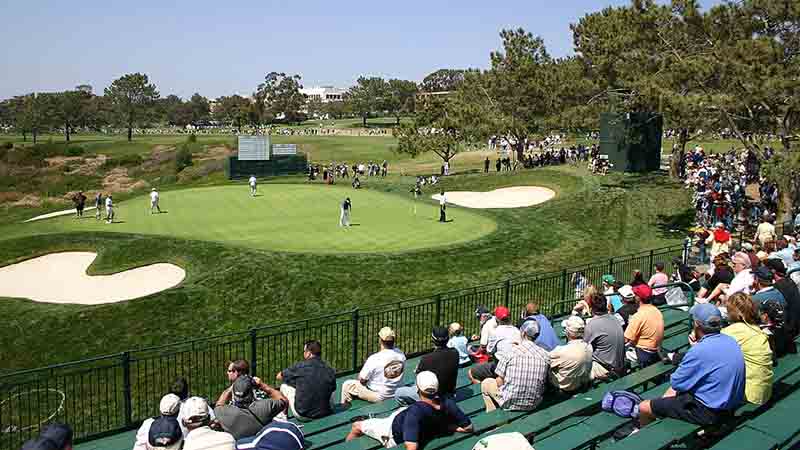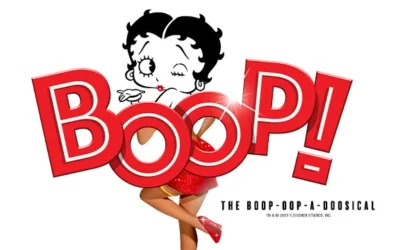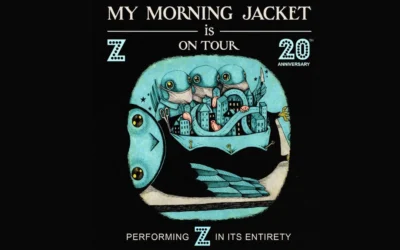Does the in-person experience matter for live events? Or is maximizing the revenue the key for event organizers no matter what? That’s what is becoming an increasingly important question as ticket prices continue their unabated march upwards, pricing out many fans along the way, with the U.S. Open golf tournament earlier this month a key example in how moving prices to far up is costing some events their very soul, or at least the atmosphere that made them attractive for fans in the first place.
“Very poor … It’s disappointing on the USGA side,” defending champion Matthew Fitzpatrick told Barstool Sports’ Dan Rapaport after his round Saturday at the U.S. Open. “They want a great tournament. From what I’ve heard, a lot of members bought tickets and that’s why there’s so many less people. Hopefully it’s not the same for other U.S. Opens going forward.”
Crowds at the event were notably smaller than in years past, and the atmosphere was notably different. This was down to a conscious decision by the USGA, which handled ticket sales, to limit the size of the crowd and prioritize higher priced tickets distributed through corporate sponsors, rather than GA passes sold to the general public.
“We have to find the right balance of bigness, right, in terms of where we play it, how we televise it, how many people we let on this golf course,” says USGA president Mike Wahn of the sales strategy. “We could’ve sold 40,000 tickets a day but we sold 22,000 to make sure the experience here is still a quality experience for those that get on the golf course.”
It was estimated that fewer than 10,000 passes per day were available for purchase by the general public, which led to sky-high prices even for the least expensive options.
This is a trend that has been embraced across the board by event operators and concert promoters in recent years. Live Nation has rode enormous ticket price surging practices to record-shattering earnings in every quarter since the return of large scale live events post-COVID. And even with that, CEO Michael Rapino – who was slammed for the outrageous $130+ million compensation he saw in 2022 by his company’s own shareholders – feels like consumers have the ability to pay “a bit more.”
Between “platinum” and dynamic ticket surge pricing systems, the increased incidence of promoters holding back huge numbers of tickets from consumers to prop up prices like on Taylor Swift’s Eras Tour, and organizations prioritizing luxury seating systems to lure wealthy suite-holder dollars, the average fan is being left behind by live entertainment, it seems. The open question is whether or not that trend will reverse when sports and concert executives realize they’ve priced out the majority of consumers, or will they be fine with half the attendance, so long as that half can afford to pay twice as much?




